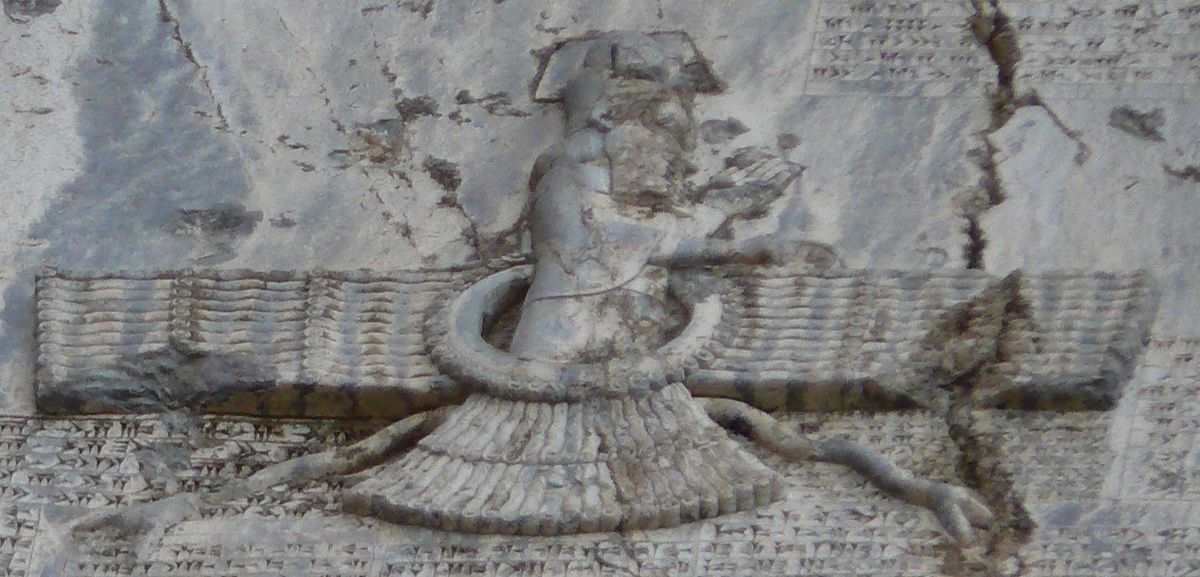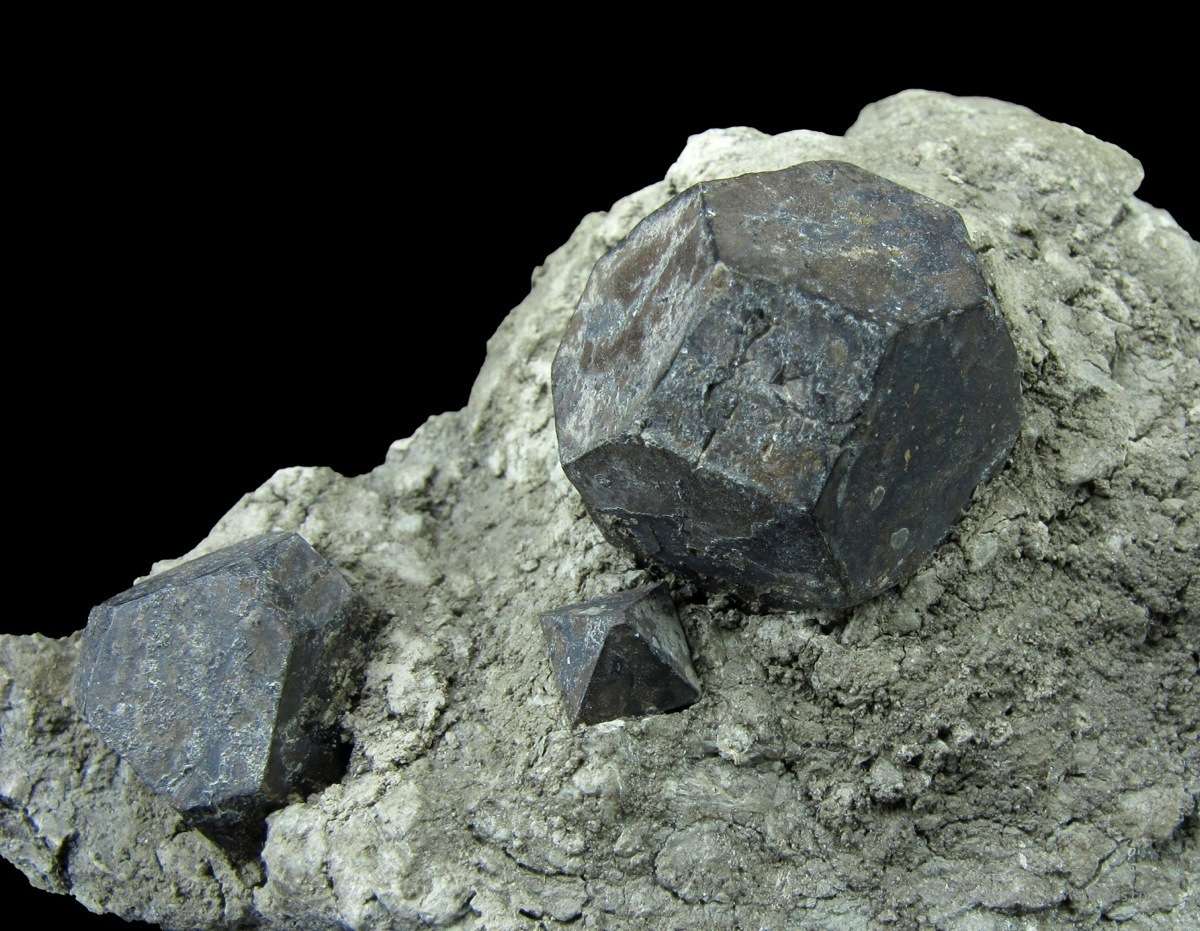
The Hermes statue, also known as the Hermes of Praxiteles, is an extraordinary work of art that has captivated viewers for centuries. This iconic statue, crafted by the renowned Greek sculptor Praxiteles during the 4th century BC, represents the Greek god Hermes, the messenger of the gods and the patron of travelers, merchants, and thieves. Its exquisite craftsmanship and attention to detail have made it a timeless masterpiece in the world of sculpture. In this article, we will explore 14 extraordinary facts about the Hermes statue that shed light on its historical significance, artistic value, and cultural impact. From its controversial initial reception to its remarkable discovery and restoration, the Hermes statue continues to fascinate art enthusiasts and scholars all over the world. Let us delve into the intriguing world of this remarkable ancient sculpture and discover the secrets it holds.
Key Takeaways:
- The Hermes Statue is an ancient Greek masterpiece created by the renowned sculptor Praxiteles, depicting the god Hermes in a relaxed pose and standing approximately 2.1 meters tall.
- This extraordinary statue, made of marble and showcased in the Archaeological Museum of Olympia, exemplifies the idealized human form and serves as a symbol of eloquence and communication.
The Hermes Statue is an Ancient Greek masterpiece.
The Hermes Statue is a renowned work of art from ancient Greece, dating back to the 4th Century BCE. This remarkable sculpture represents Hermes, the Greek god of trade, merchants, and travelers.
The Hermes Statue is attributed to the sculptor Praxiteles.
Praxiteles, one of the greatest sculptors of ancient Greece, is believed to be the creator of the Hermes Statue. His skill and attention to detail are evident in the lifelike qualities portrayed in the statue.
The Hermes Statue is made of marble.
This extraordinary masterpiece is carved from pristine white marble, adding to its aesthetic appeal and emulating the elegance of the ancient Greek art form.
The Hermes Statue depicts the god Hermes in a relaxed pose.
The statue showcases Hermes in a casual yet graceful stance, known as the “resting Hermes” pose. This unique representation contrasts traditional upright statues of gods, setting it apart and adding to its allure.
The Hermes Statue stands approximately 2.1 meters tall.
This impressive sculpture reaches a height of around 2.1 meters, commanding attention and creating a powerful presence that captivates viewers.
The Hermes Statue was discovered in Olympia, Greece.
The Hermes Statue was unearthed in Olympia, the birthplace of the Olympic Games. Its discovery added to the significance of the piece, linking it to the rich history and cultural heritage of ancient Greece.
The Hermes Statue is showcased in the Archaeological Museum of Olympia.
Today, the Hermes Statue finds its home in the Archaeological Museum of Olympia, where it is carefully preserved and admired by visitors from all over the world.
The Hermes Statue showcases exquisite craftsmanship.
Every detail of the Hermes Statue, from the delicate facial features to the intricate drapery, reflects the incredible craftsmanship of the ancient Greek sculptors. It serves as a testament to their technical mastery and artistic skill.
The Hermes Statue is admired for its naturalistic representation.
The Hermes Statue is celebrated for its naturalistic portrayal, capturing the essence of Hermes in a way that brings the god to life. The attention to anatomical details and expressive features adds to its realistic and engaging presence.
The Hermes Statue is considered a symbol of eloquence and communication.
Hermes, as the messenger of the gods, is associated with eloquence, communication, and trade. The statue serves as a symbol of these qualities, representing the power of language and the art of persuasive dialogue.
The Hermes Statue has inspired countless artists throughout history.
The mesmerizing beauty and artistic significance of the Hermes Statue have had a profound impact on the art world. Many artists from different eras have sought inspiration from this masterpiece, paying homage to its enduring legacy.
The Hermes Statue is often studied by art historians and scholars.
Art historians and scholars have dedicated extensive research to unraveling the symbolism, meaning, and historical context behind the Hermes Statue. Its significance in ancient Greek culture and its lasting influence make it a subject of great interest and scholarly exploration.
The Hermes Statue exemplifies the idealized human form.
Aesthetically pleasing and exuding a sense of balance and harmony, the Hermes Statue exemplifies the Greek ideal of physical beauty. Its portrayal of the human form has served as a reference point for artists seeking to capture the perfect balance of proportion and grace.
The Hermes Statue is a testament to the enduring legacy of ancient Greece.
The Hermes Statue stands as a testament to the cultural and artistic achievements of ancient Greece. It represents the ingenuity and creativity of a civilization that continues to influence and inspire the world to this day.
In conclusion, The 14 Extraordinary Facts About The Hermes Statue highlight the magnificence and significance of this ancient Greek masterpiece. From its exceptional craftsmanship to its symbolic representation, the statue continues to captivate and inspire art enthusiasts and historians alike. Whether marveling at its naturalistic beauty or delving into its historical context, the Hermes Statue serves as a reminder of the enduring legacy left by the ancient Greeks in the world of art and culture.
Conclusion
In conclusion, the Hermes statue is truly a remarkable piece of art with a fascinating history. From its creation in Ancient Greece to its current iconic status, it stands as a testament to the artistic and cultural achievements of human civilization. Its depiction of Hermes, the messenger of the gods, showcases the skill and craftsmanship of the sculptor. With its intricate details and lifelike representation, the statue continues to amaze and inspire people from all walks of life. Whether you’re an art enthusiast or simply curious about the wonders of the world, the Hermes statue is definitely worth a visit. Its powerful presence and extraordinary facts make it an unforgettable landmark that continues to captivate visitors for centuries to come.
FAQs
Q: Who created the Hermes statue?
A: The Hermes statue was created by the ancient Greek sculptor Praxiteles during the 4th century BC.
Q: Where is the Hermes statue located?
A: The most famous depiction of the Hermes statue, known as the Hermes of Praxiteles, is located in the Archaeological Museum of Olympia in Greece.
Q: What is the significance of the Hermes statue?
A: The Hermes statue represents the Greek god Hermes, who was known as the messenger of the gods. It symbolizes communication, speed, and divine guidance.
Q: How tall is the Hermes statue?
A: The Hermes of Praxiteles statue stands at approximately 1.84 meters (6 feet) tall.
Q: What materials were used to create the Hermes statue?
A: The Hermes statue was crafted from marble, which was a popular material used in ancient Greek sculptures.
Q: Are there other famous depictions of Hermes?
A: Yes, there are several other notable depictions of Hermes in art, including the Hermes and the Infant Dionysus sculpture and the Hermes with the Infant Dionysus statue, both attributed to Praxiteles.
Q: Can I visit the Hermes statue?
A: Yes, the Hermes of Praxiteles statue is on display at the Archaeological Museum of Olympia, where visitors can admire its beauty and learn more about its history.
Q: Is the Hermes statue a replica or the original?
A: The Hermes of Praxiteles statue at the Archaeological Museum of Olympia is a Roman era copy of the original Greek statue. The original statue’s whereabouts are unknown.
Immerse yourself in captivating tales from ancient Greece and beyond. Delve into the enigmatic world of Greek mythology with our exploration of Ares, god of war. Marvel at modern sculptures that convey powerful messages, like the thought-provoking Knotted Gun. Journey back to classical antiquity and uncover surprising truths about Thucydides, one of history's most influential chroniclers. Which story will you dive into next?
Was this page helpful?
Our commitment to delivering trustworthy and engaging content is at the heart of what we do. Each fact on our site is contributed by real users like you, bringing a wealth of diverse insights and information. To ensure the highest standards of accuracy and reliability, our dedicated editors meticulously review each submission. This process guarantees that the facts we share are not only fascinating but also credible. Trust in our commitment to quality and authenticity as you explore and learn with us.


